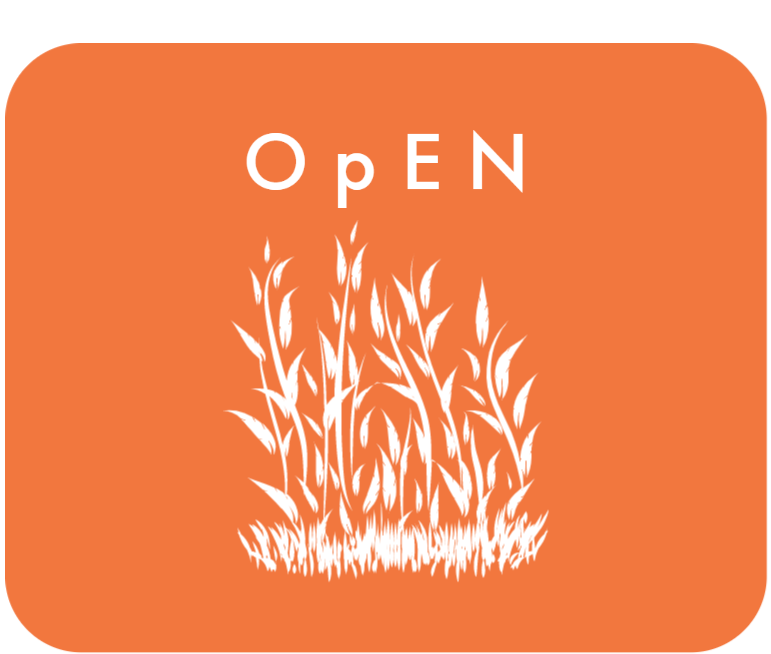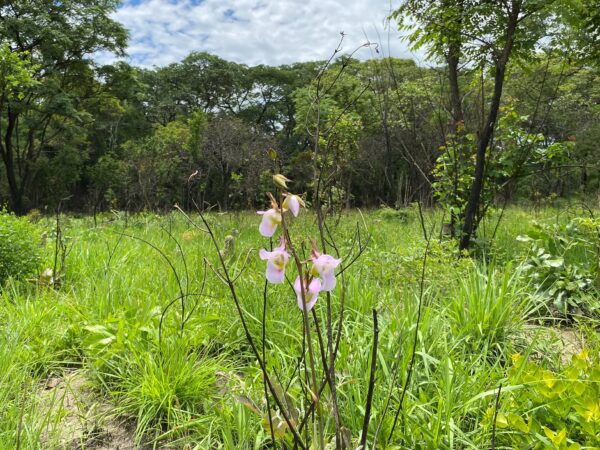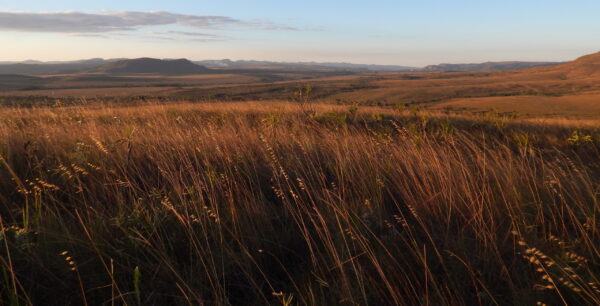Global Grassy Group workshop and herbaceous sampling, South Africa
By Anya Courtenay, November 2022.
The Global Grassy Group (GGG) gathers ecologists and biologists with aim to standardise and improve vegetation sampling in savannas and grasslands. As the herbaceous layer came into flower, members of the Future Ecosystems for Africa team held a GGG workshop to brainstorm our future research and sample species composition at the Telperion Nature Reserve in Mpumalanga, South Africa.
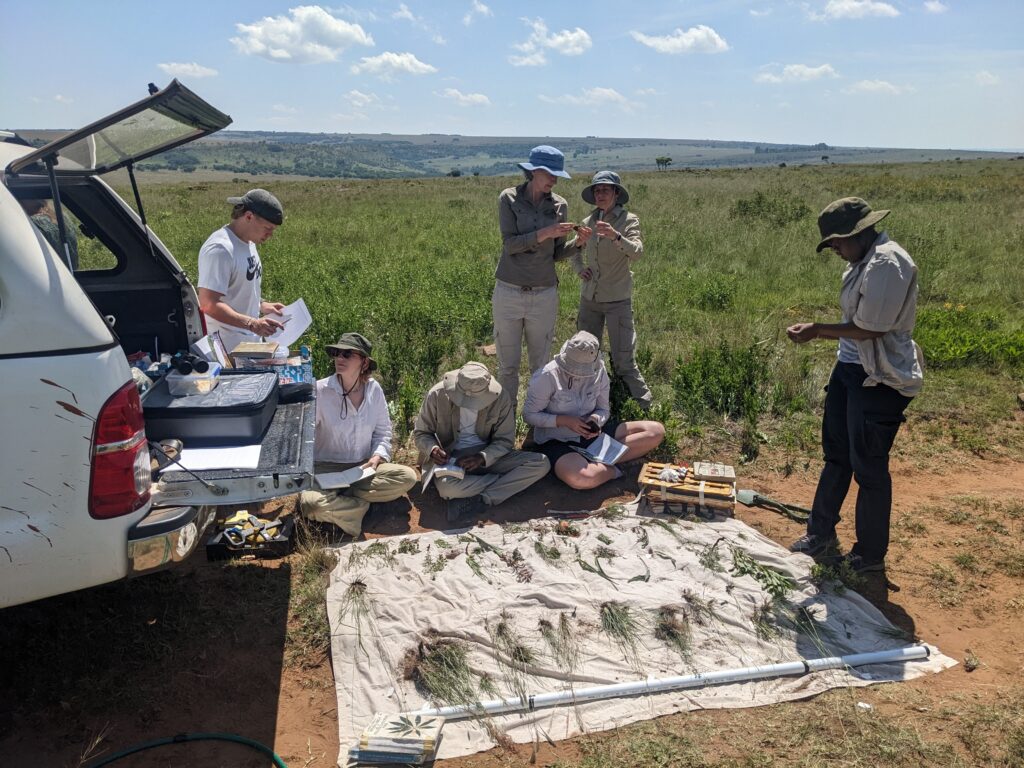
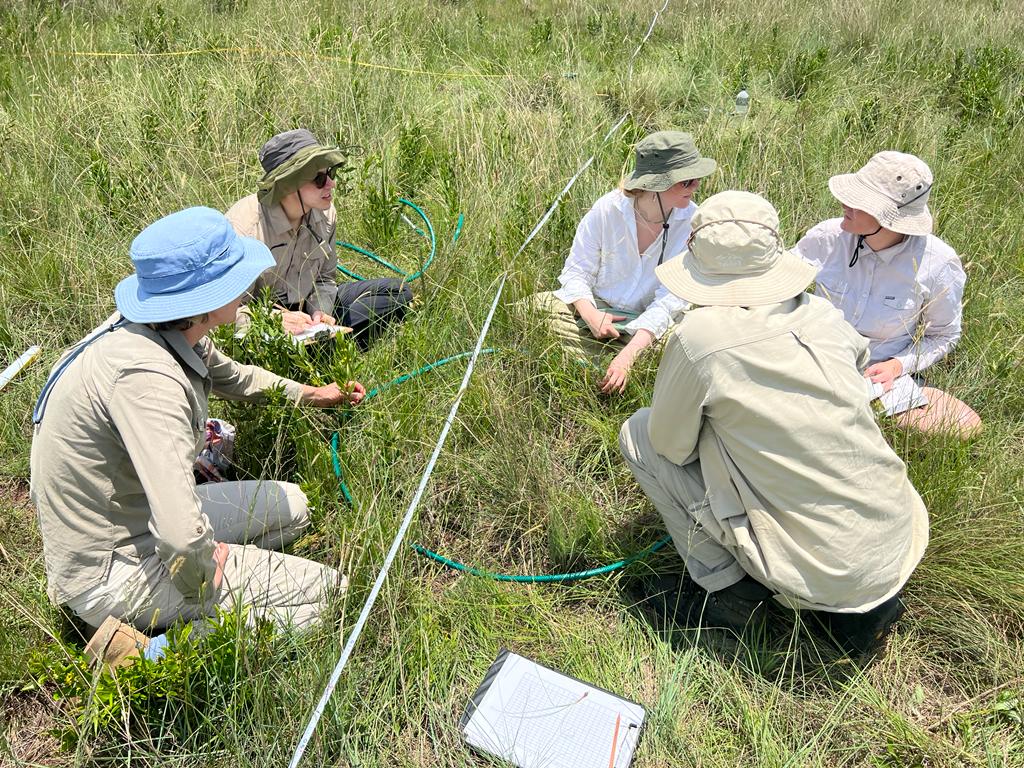
Telperion’s land-use history has included a period of cultivation. Previous land owners planted crops including maize and potato in some areas of the reserve. Ploughing last occurred roughly 50 years ago and, since then, the reserve has been managed with the intention of allowing native vegetation to recover. The composition of vegetation varies across Telperion as a result of both environmental factors and past human activity (Brown et al., 2022).
The GGG team, colleagues and students undertook fieldwork using the GGG sampling protocol to compare species composition at two sites at Telperion. The first was a never-ploughed site and the second was a previously-ploughed site where vegetation has reassembled over the last 50 years. We asked, ‘how has land-use impacted the species richness and composition of grasses and herbaceous plants’?

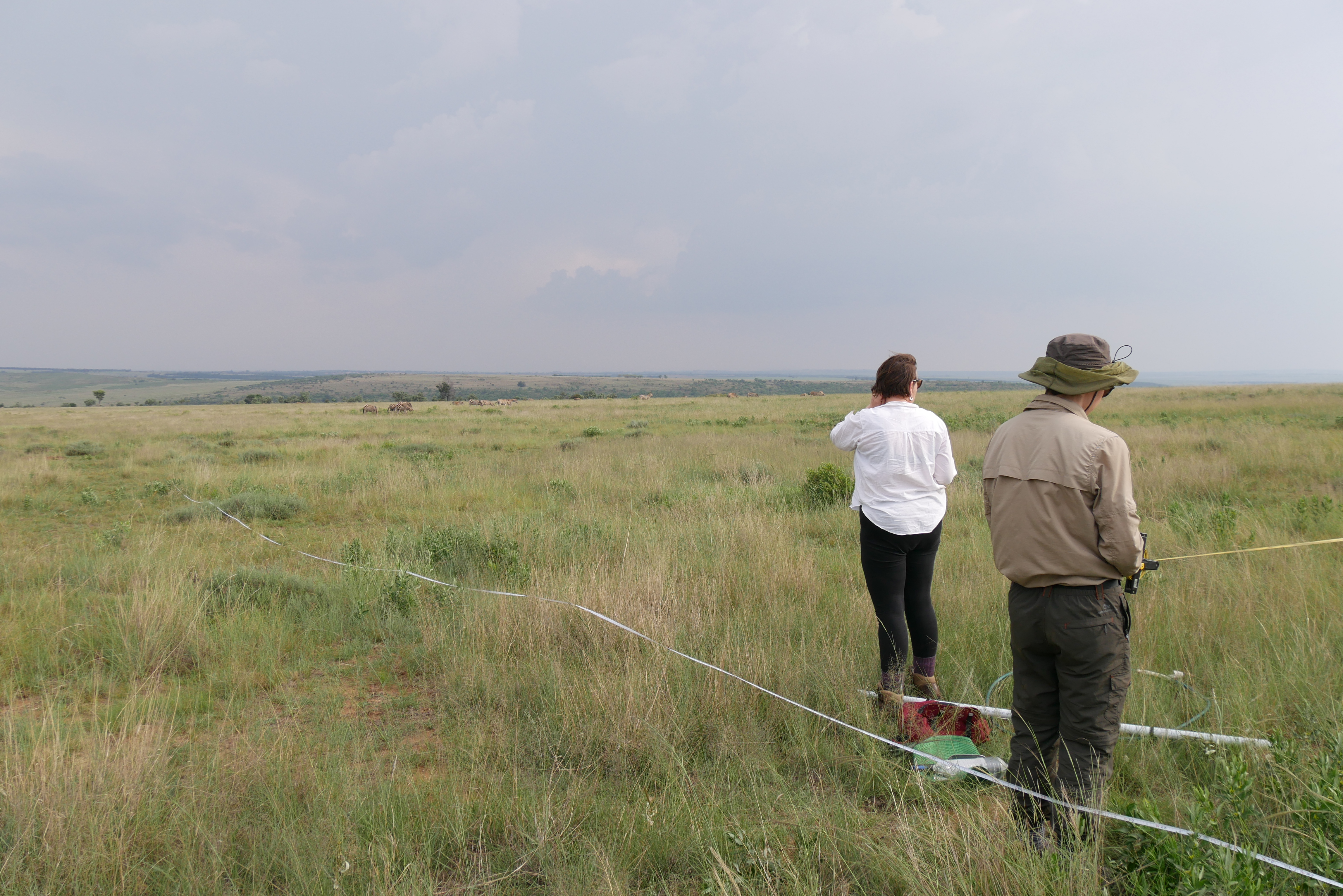
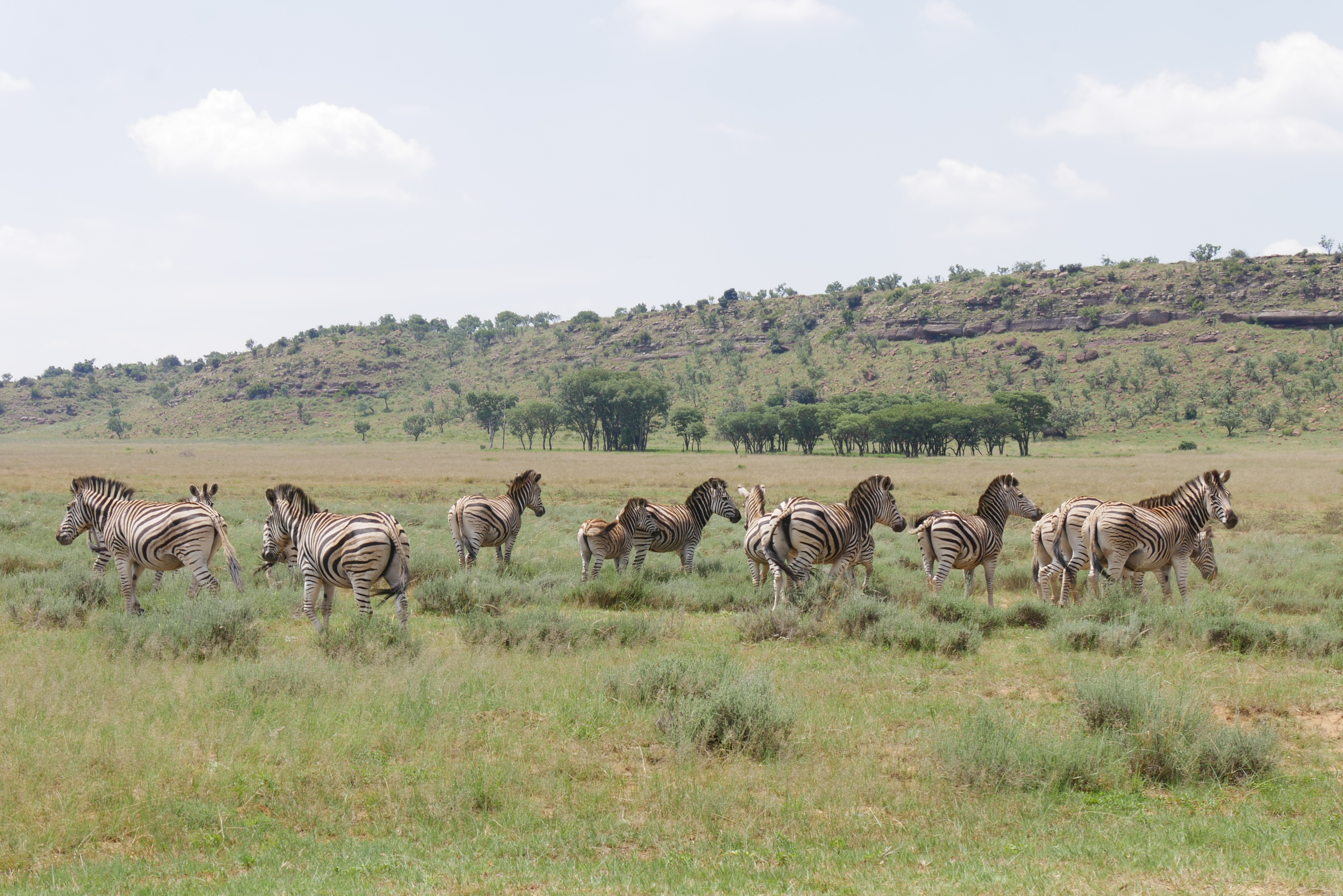
While we found 56 different species across our plots at the never-ploughed site, just 27 were recorded at the previously-ploughed site. There were also obvious differences in the composition and functional groups present at each site. A good example is the indigenous dwarf shrub Seriphium plumosum (‘bankrupt bush‘) that encroaches and displaces grasses following cultivation, thereby reducing grazing capacity and decreasing biodiversity (Brown et al., 2022). Seriphium plumosum was absent at the never-ploughed site but covered large areas in the previously-ploughed site. The impact of ploughing has therefore halved the diversity and meant that vegetation has not yet reassembled to the expected composition in that area.
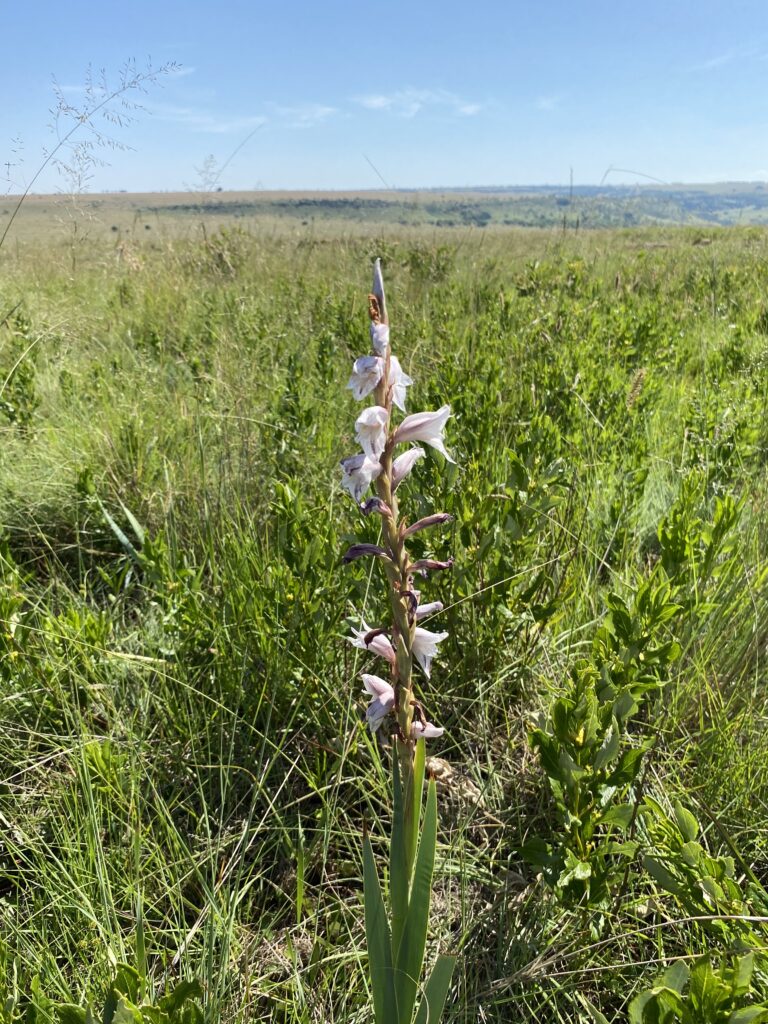
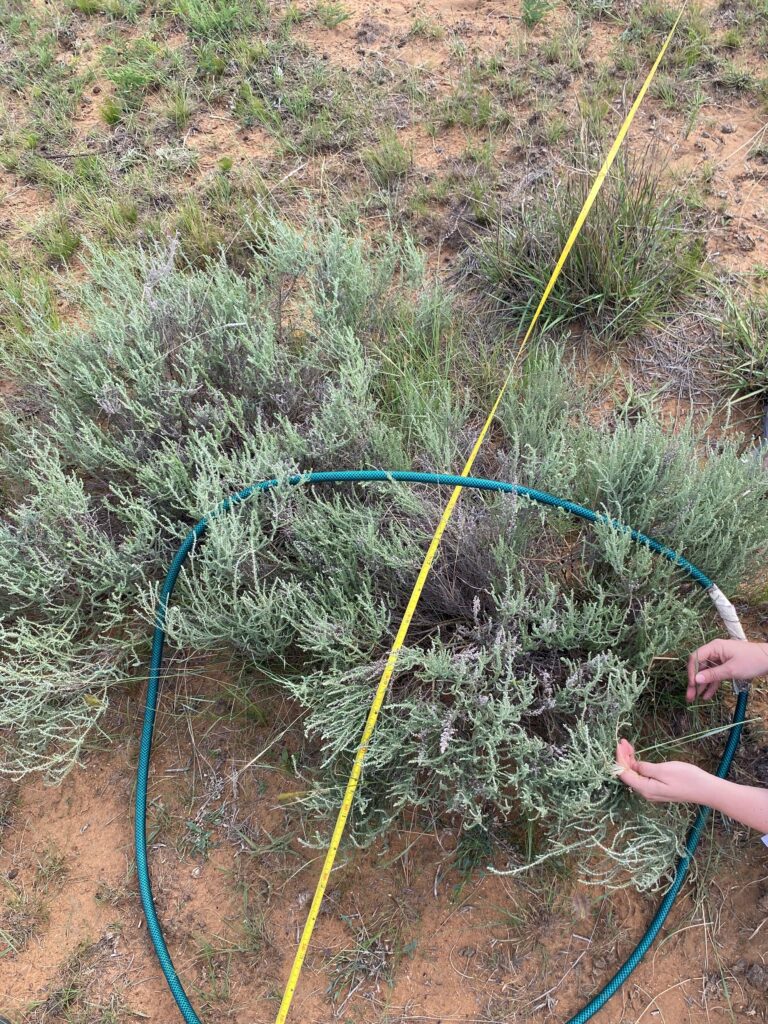
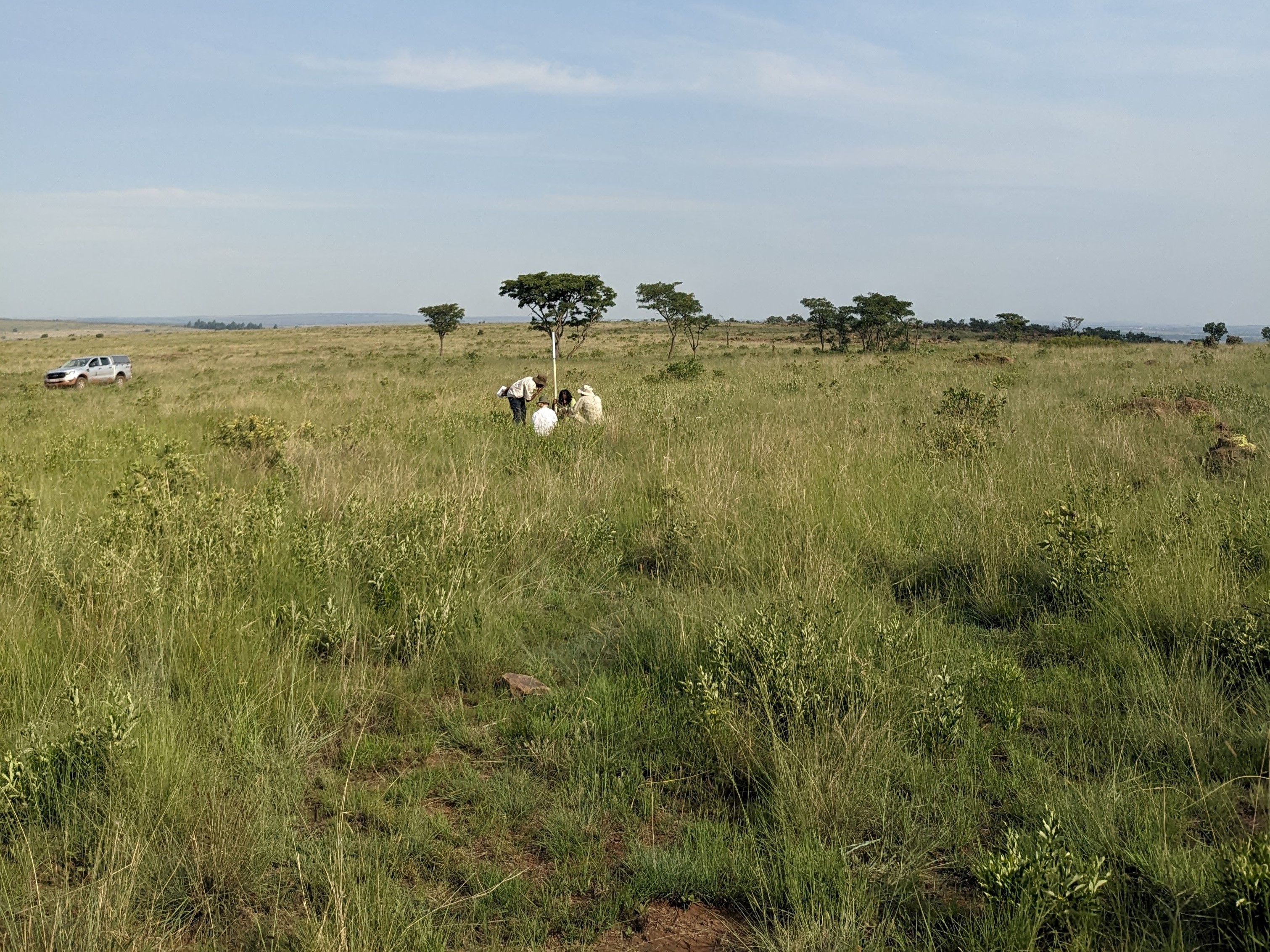
Comparisons between land-use or along environmental gradients (including climate, soil, fire and herbivory) are made possible through the standardisation of data collection methodologies offered by GGG. The interdisciplinary approach provides an opportunity to reconcile the gap between ecological sampling and botanical collecting, which remains a scientific challenge (Baker et al., 2017).
During our workshop discussions, we identified some priorities for future research and collaborative activity. Broadly, these include management and implementation of the plot network, improving scientific understanding of herbaceous community shifts, and engagement with policy, management and advocacy.

Thanks to our colleagues who attended the workshop from the following institutions: University of the Witwatersrand, North-West University, South African Biodiversity Institute, South African Environmental Observation Network, University of Edinburgh and Royal Botanic Garden Edinburgh.
